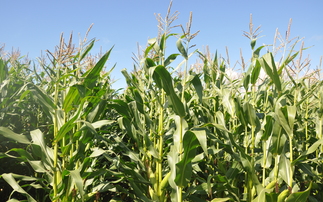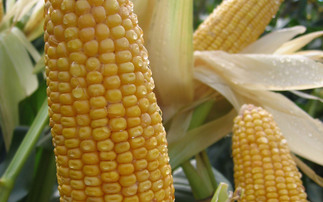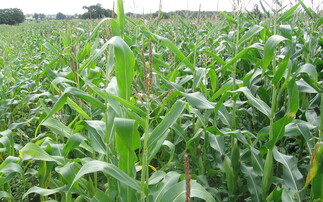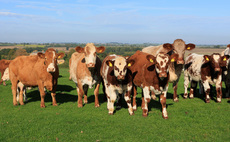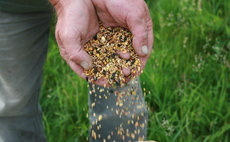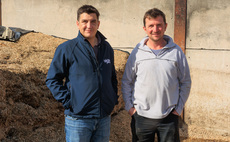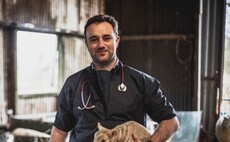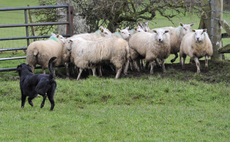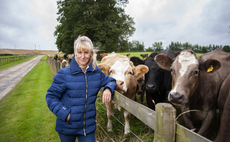Campaign for Better Silage is a new initiative offering advice to dairy farmers on how to navigate the inevitable grassland challenges 2023 will bring, as well as best practice guidance to ensure maximum production on every farm.
Changeable conditions across much of the UK means farmers are understandably nervous about forage stocks for the coming winter. The challenging weather has limited plans for re-seeding according to John Spence, Forage Crops Product Manager with Limagrain UK.
"Many spring re-seeds did not happen because of the sudden change from wet and cold to dry and hot. Grass growth plummeted in June as the drought started to bite and for some, this has left forage shortfalls for the second successive year.
"Most farmers will have yield data from each field but having silage analysed now will provide figures for quality, particularly metabolisable energy (ME) and digestibility (D value).
"Where forage quality is declining, a reseed is the answer as newer grasses have significantly better feed value. Investing in mixtures with high quality Italian ryegrasses and hybrids to boost yields and quality is a great short term fix .
"New Italian ryegrass varieties continue to increase in yield and quality as demonstrated in recommended list trials data. They yield almost as well as Westerwolds in their first year and can be left for another year if needed.
"Improved quality of Italian varieties means ME values can be up to 0.4MJ/Kg more than Westerwolds over the year."
It has been a mixed season for maize growing, Peter Smith of Volac says, with some stands affected by drought:
"Varied performance of crops highlights the importance of good ground preparation to enable plants to develop a good root structure which helps during periods of drought.
"When harvesting maize, avoid cutting too low as the base of the stem is of low nutritional value and may be contaminated with soil and undesirable microbes which can cause losses at fermentation.
"Harvesting the crop when ready, even if it is still green will maximise digestibility; it does not need to be dying back to be ripe. Chop the maize to around 1.5cm to 2cm to aid compaction and fill the clamp at a 20o angle.
"Paying attention to detail during the harvest phase will pay dividends. Losses of eight percent of the crop harvested in a good fermentation can be expected and this figure may double due to aerobic losses when the clamp is open.
"Using a double action additive such as Ecocool is proven to reduce both fermentation and aerobic losses, leaving more maize to feed to the cows."
Visit the Campaign for Better silage hub here








